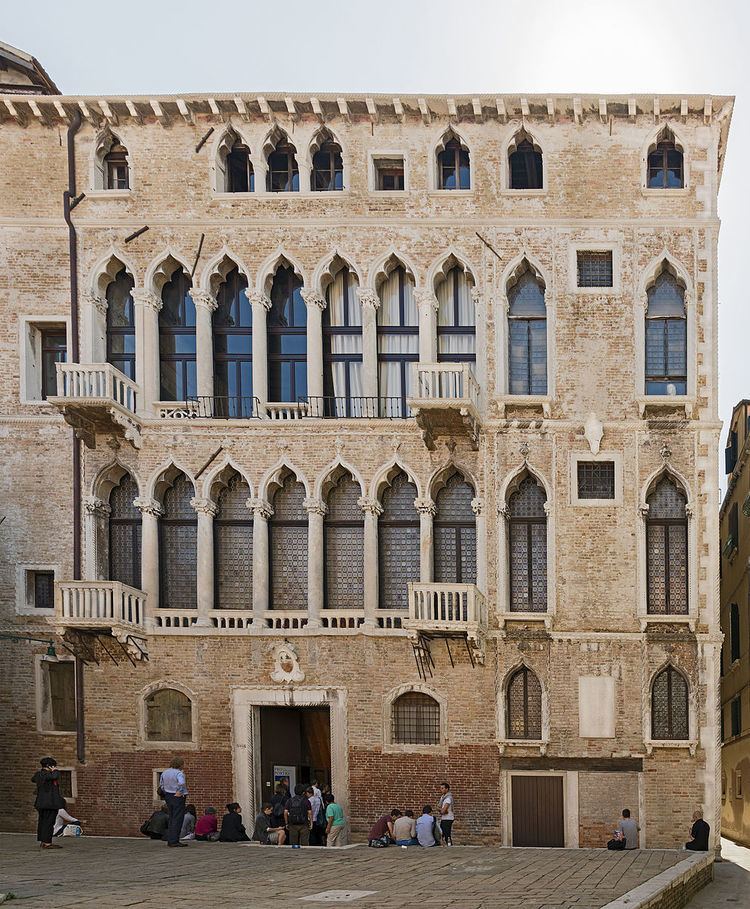Established 1956 Website fortuny.visitmuve.it Phone +39 041 520 0995 | Director Daniela Ferretti | |
 | ||
Type Art museum, Historic site Address Campo S. Beneto, 3780, 30126 San Marco, Venezia VE, Italy Hours Open today · 10AM–6PMWednesday10AM–6PMThursday10AM–6PMFriday10AM–6PMSaturday10AM–6PMSunday10AM–6PMMonday10AM–6PMTuesdayClosed Similar Fondazione Musei Civici di V, Ca' Pesaro, Museo Correr, Museo di Palazzo Mocenigo, Ca' Rezzonico Profiles | ||
The Palazzo Fortuny is an art museum in San Marco, Venice, Italy.
Contents
Once owned by the Pesaro family, this Gothic building in Campo San Beneto, near the church of the same name, was transformed by Mariano Fortuny into his own photography, stage-design, textile-design and painting atelier. For a time, the palace was known as the Palazzo Orfei after an 18th-century tenant, a musical society known as the Accademia d'Orfeo. The building maintains the structure created by Fortuny, as well as its collections. The building was donated to the city in 1956 by Henriette Nigrin, Mariano’s widow. The collections within the museum comprise an extensive number of pieces which reflect the various fields investigated by the artist.
The museum is run by the Fondazione Musei Civici Venezia (MUVE).
Collections
Temporary exhibitions
The museum is currently open only on the occasion of temporary exhibitions.
